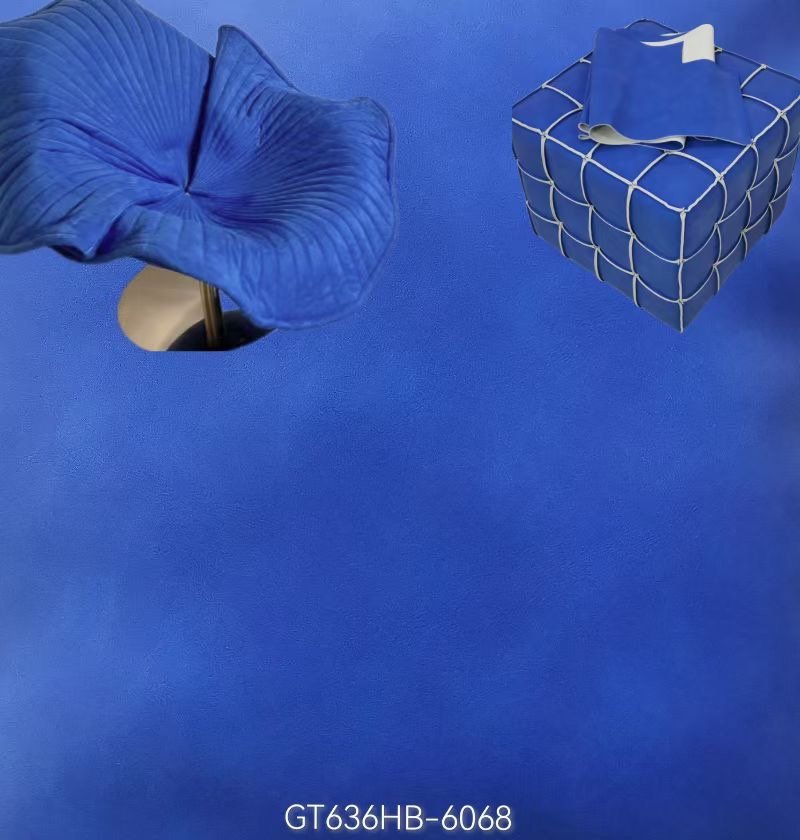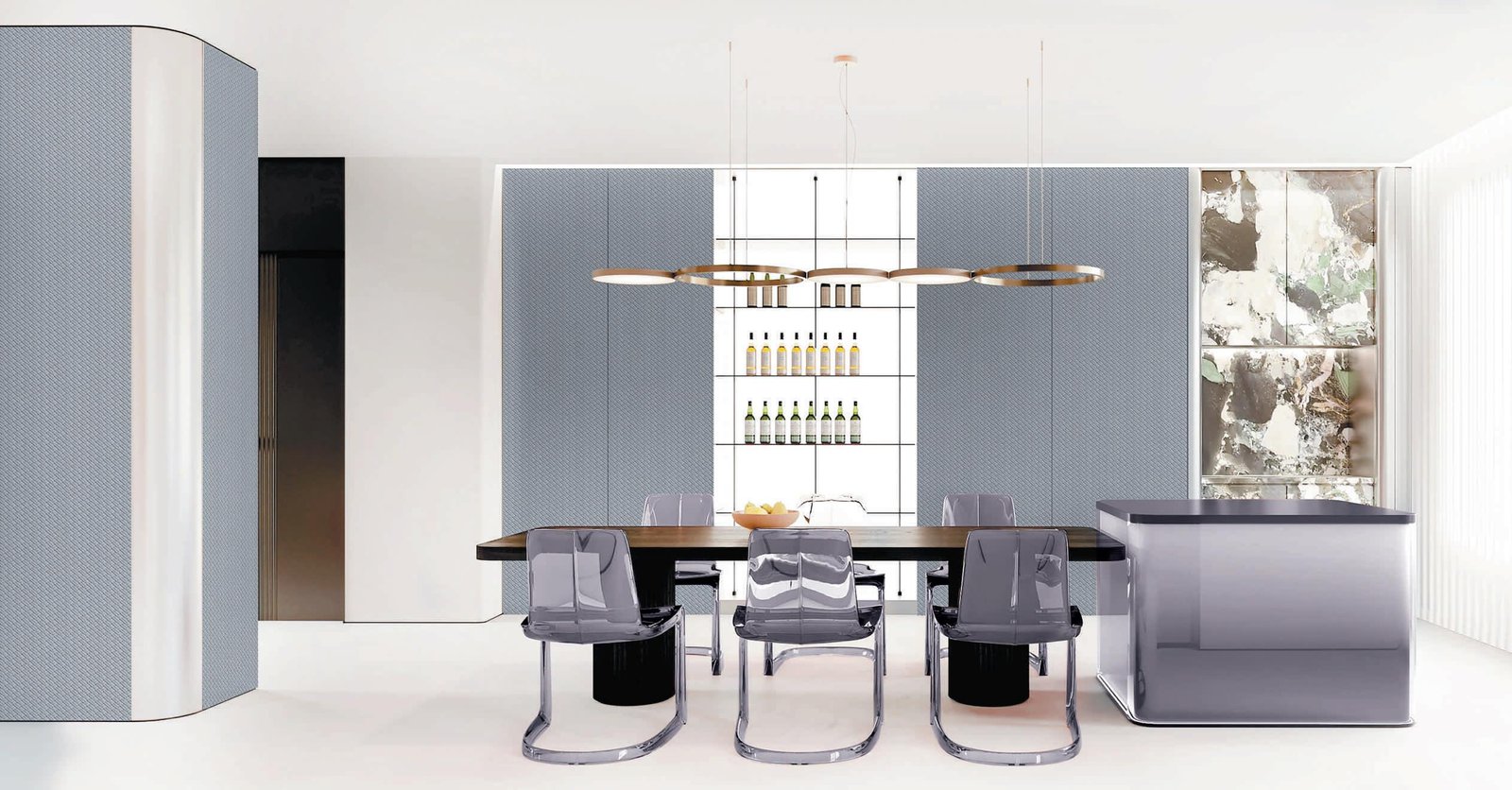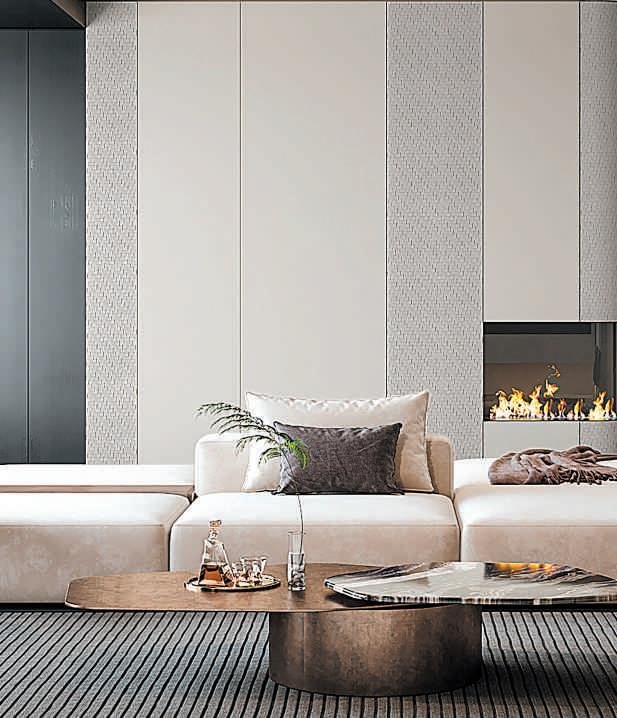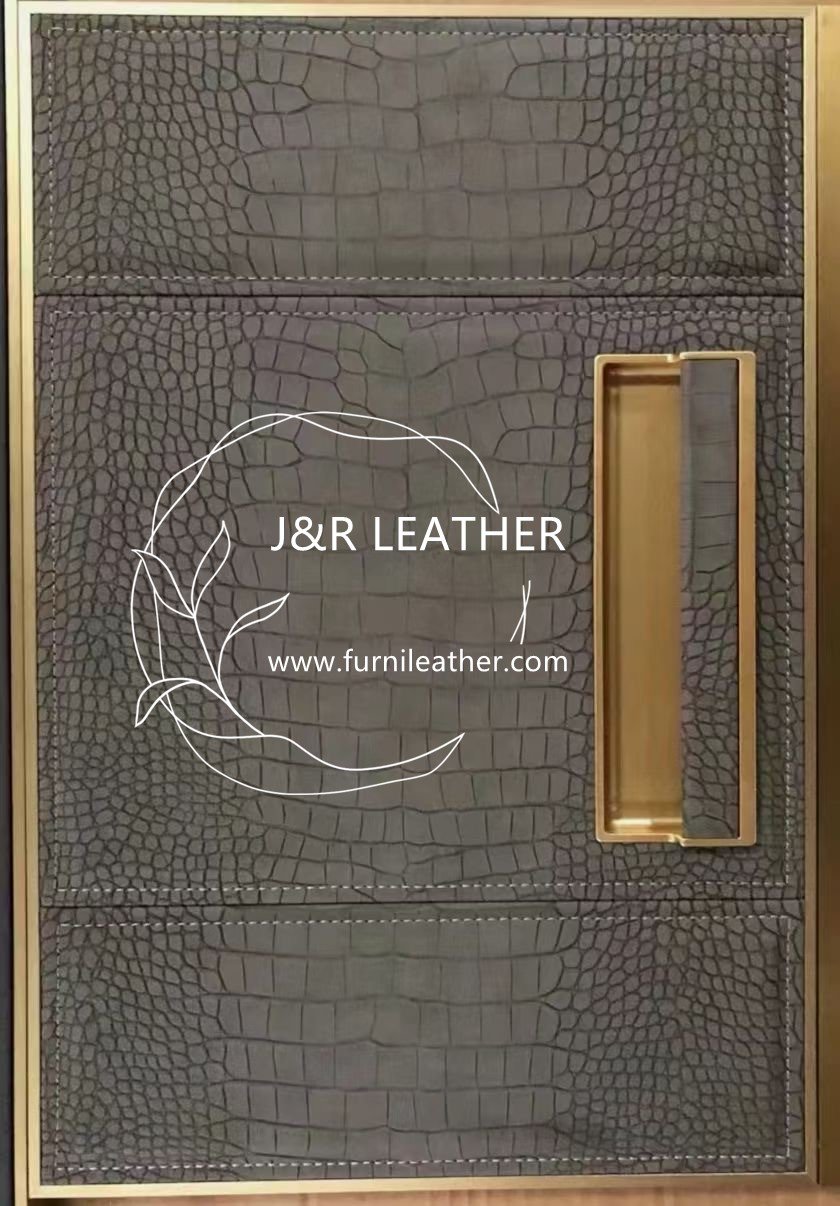When it comes to innovative materials that are changing the game across industries, water-based polyurethane (PU) is a star player.
Whether you’re in fashion, furniture, automotive, or even construction, this eco-friendly alternative is making waves—and for good reason.
Let’s dive into what water-based PU is, its advantages, and where it’s being used to create smarter, more sustainable solutions.

What is Water-Based PU?
Water-based PU is a type of polyurethane that uses water as its primary solvent instead of traditional chemical solvents. This makes it a greener, safer, and more environmentally friendly option.
Polyurethane itself is a versatile polymer known for its durability, flexibility, and resistance to wear and tear. But when you swap out harsh chemicals for water, you get a material that’s not only high-performing but also kinder to the planet.
I remember the first time I encountered water-based PU in a project. I was working on a sustainable fashion line, and we were searching for materials that could mimic leather without the environmental toll. Water-based PU was the answer—it had the same luxurious feel and durability but without the guilt. It was a game-changer!
Advantages of Water-Based PU
Why is everyone raving about water-based PU? Here are some of its standout benefits:
1. Eco-Friendly
Traditional PU often relies on volatile organic compounds (VOCs) that can harm the environment and human health. Water-based PU, on the other hand, significantly reduces VOC emissions. It’s a win for sustainability and a breath of fresh air—literally!
2. Non-Toxic and Safe ️
Because it’s water-based, this type of PU is safer to handle during production. Workers aren’t exposed to harmful chemicals, and end-users get a product that’s free from toxic residues. It’s a healthier choice for everyone involved.
3. Durable and Flexible
Don’t let the “water” in the name fool you—this material is tough. It’s resistant to abrasion, cracking, and peeling, making it ideal for high-traffic applications. Plus, it’s incredibly flexible, which means it can be used in a variety of creative ways.
4. Easy to Clean and Maintain
Water-based PU coatings are often used in furniture and flooring because they’re easy to clean. A simple wipe-down is usually all it takes to keep surfaces looking fresh and new.
5. Versatile and Aesthetic
From glossy finishes to matte textures, water-based PU can be tailored to suit a wide range of aesthetic preferences. It’s also compatible with various substrates, including wood, fabric, and metal, making it a go-to for designers and manufacturers.
Applications of Water-Based PU
The versatility of water-based PU means it’s popping up in all sorts of industries. Here are some of the most exciting applications:
1. Fashion and Apparel
Water-based PU is a favorite in the fashion world, especially for vegan leather alternatives. It’s used to create stylish handbags, shoes, and jackets that look and feel like the real deal—without the environmental impact. I’ve seen designers use it to craft everything from sleek sneakers to elegant evening wear, and the results are stunning.
2. Furniture and Upholstery ️
If you’ve ever sat on a couch or chair with a soft, durable finish, chances are it was coated with water-based PU. It’s perfect for furniture because it’s resistant to spills, stains, and scratches. Plus, it’s easy to clean, which is a lifesaver for anyone with kids or pets.
3. Automotive Interiors
Car manufacturers are turning to water-based PU for seat covers, dashboards, and steering wheels. It’s durable enough to withstand daily wear and tear while providing a luxurious feel. And because it’s non-toxic, it contributes to a healthier cabin environment.
4. Flooring and Construction ️
Water-based PU coatings are widely used in flooring, especially in commercial spaces like gyms, hospitals, and schools. They provide a protective layer that’s slip-resistant, easy to clean, and long-lasting. In construction, it’s used as an adhesive or sealant, offering strong bonds without the harmful fumes.
5. Packaging
Even the packaging industry is getting in on the action. Water-based PU is used to create flexible, durable packaging materials that are both lightweight and protective. It’s a great option for brands looking to reduce their carbon footprint.
Personal Experience with Water-Based PU
I’ll never forget the first time I worked with water-based PU on a large scale. It was for a collaborative project with a furniture brand that wanted to create a line of eco-friendly sofas.
We chose water-based PU for the upholstery because it aligned with their sustainability goals and offered the durability they needed. The result? A collection that was not only beautiful but also kind to the planet. It was incredibly rewarding to see how a small material choice could make such a big impact.
Why Water-Based PU is the Future
As industries continue to prioritize sustainability, water-based PU is poised to become even more popular. Its combination of performance, safety, and eco-friendliness makes it a standout choice for forward-thinking brands and professionals. Whether you’re a designer, manufacturer, or consumer, this material offers a way to create and enjoy high-quality products without compromising on your values.
So, the next time you come across a sleek pair of vegan leather shoes or a beautifully coated piece of furniture, take a moment to appreciate the innovation behind it. Water-based PU is more than just a material—it’s a step toward a greener, more sustainable future.
What are your thoughts on water-based PU? Have you used it in your projects or encountered it in your daily life? Share your experiences in the comments below—I’d love to hear your stories!








